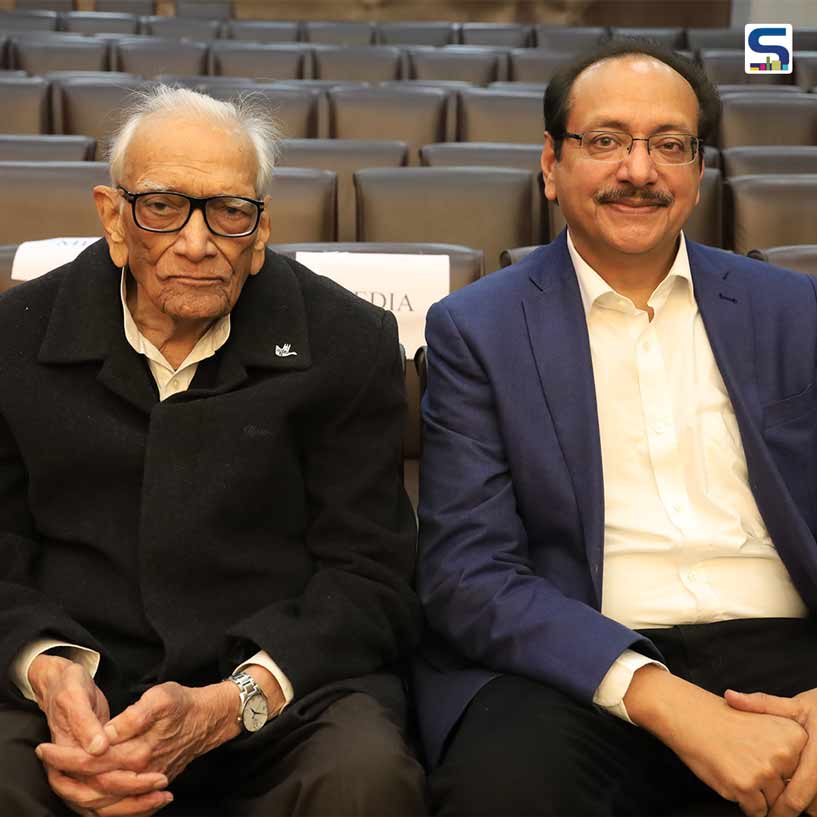
Architecture often becomes a manifestation of history - a history that binds us together, yet one that was frequently turbulent. In such situations, there was an effort to experiment with form and function, crafting a narrative of its own - one that offered unity and provided a non-turbulent story to look at, feel, and hear. When Chandigarh was designed, it was an attempt to embrace modernism and test whether this experiment could succeed. In doing so, a new narrative of form and function emerged, often referred to as Chandigarh Modernism, which had a profound global impact. Two key figures - Le Corbusier and Ar. Shivdatt Sharma - played vital roles in defining Chandigarh Modernism.
The A3 Foundation, in collaboration with the Government Museum and Art Gallery, launched a month-long exhibition on January 16, 2025, to honor the architectural legacy of Le Corbusier and Ar. Shivdatt Sharma. The exhibition ran until February 12 and highlighted the profound impact these two architects had on the development of Chandigarh and their lasting influence on global modernist architecture. The inauguration ceremony was attended by several distinguished guests, including Brigitte Bouvier, Director of the Foundation Le Corbusier in Paris, Architect Rene Tan (RT+Q Architects, Singapore), Ar. Lillian Tay, Design Principal at VERITAS Architects, Ar. Saurabh Gupta (Founder-Studio Archohm, New Delhi).
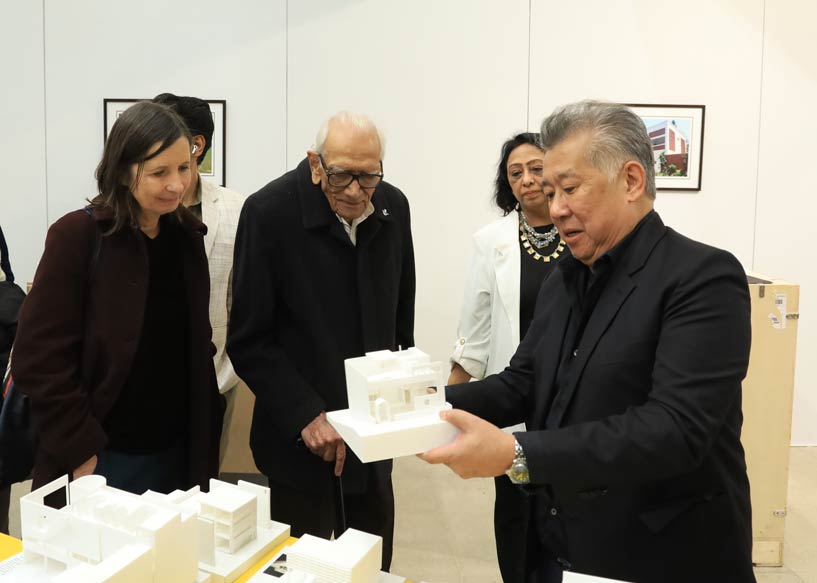
(L-R) Brigitte Bouvier, Director, Fondation Le Corbusier, Ar. Shivdatt Sharma, Ar. Purnima Sharma and Ar. Rene Tan
At the event, Ar. Shivdatt Sharma noted, “Indeed, Chandigarh was Le Corbusier’s life’s dream.” Following his remarks, the inauguration of Corbusier’s models designed by Ar. Rene Tan, took place, leading into the exhibition viewing. This was followed by the inauguration of Ar. Shivdatt Sharma’s exhibition, offering attendees an opportunity to explore his extensive body of work.
To know more about Chandigarh Modernism and its impact SURFACES REPORTER® (SR) Magazine spoke to Ar. Shivdatt Sharma, he is joined by his son, Ar. Sangeet Sharma, Partner at SD Sharma & Associates and the Founder of A3 Foundation.
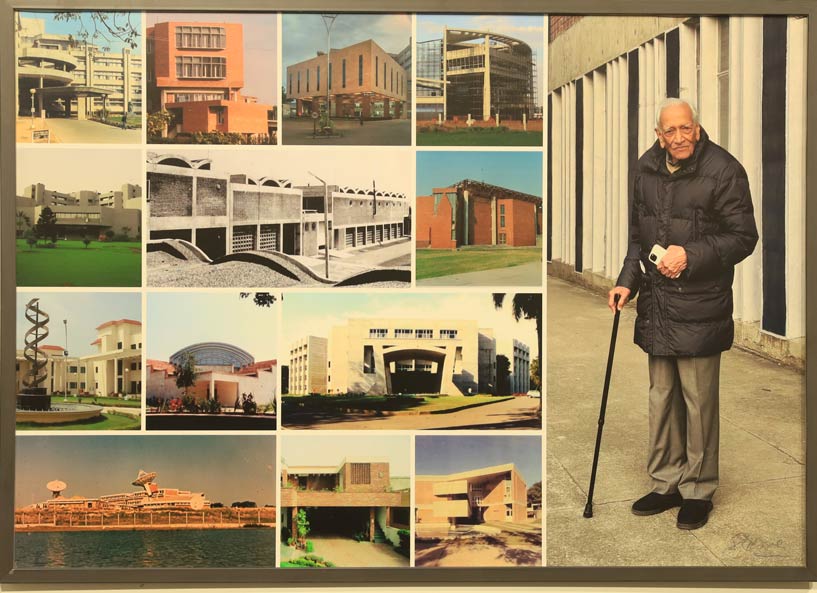
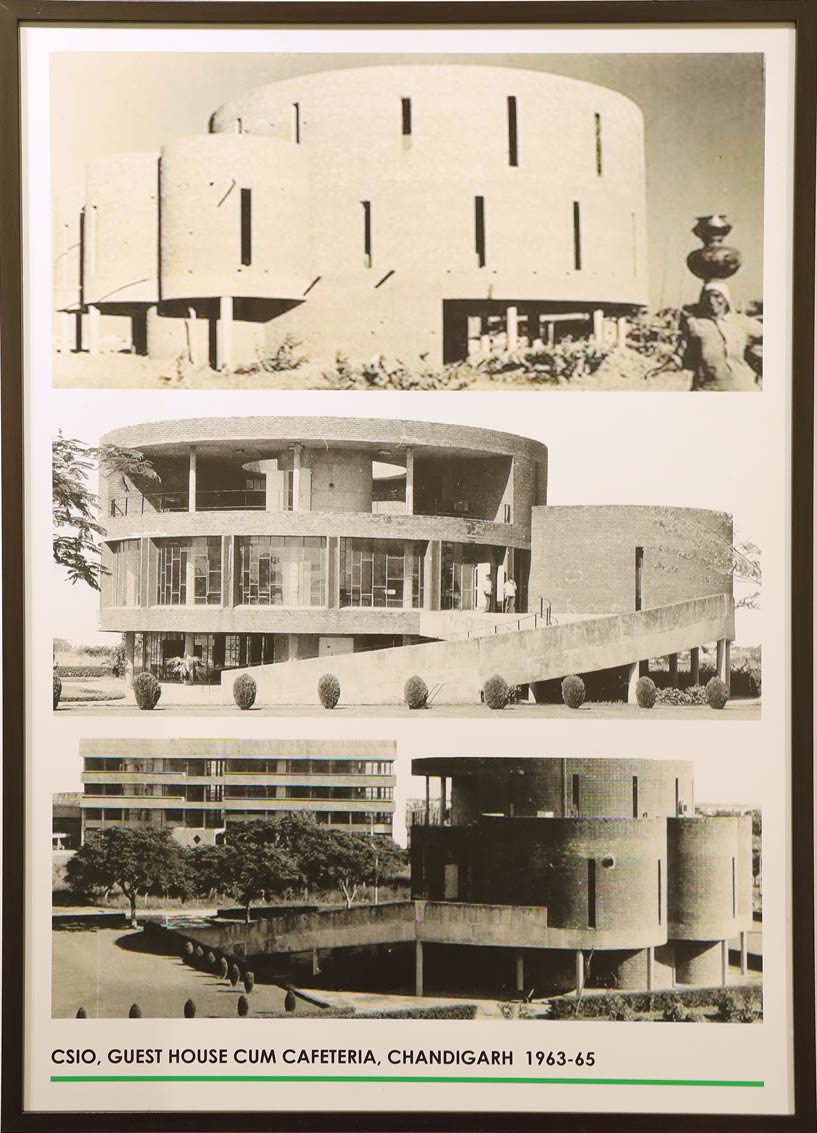
"Chandigarh has had a profound influence on architecture worldwide. It introduced a unique form of urbanism that combined functionalism, modernism, and purity."
How has your architectural philosophy evolved over time, and how do you perceive the transformation of Chandigarh’s modernist vision?
Ar. Shivdatt Sharma: Over six decades, our philosophy has evolved within the framework of Le Corbusier’s teachings. He was an excellent teacher, guiding us through the subtleties of modern architecture. We adhered to purism and simplicity, especially in government projects, although sometimes it’s hard to maintain that purity. However, if you’re clear and strong in your vision, success follows.
Chandigarh’s modernism is often associated with bricks and concrete. Do you think this is still a feasible idea in contemporary times?
Ar. Sangeet Sharma: Yes, absolutely. Bricks and concrete are the language of Chandigarh, and they have been incredibly successful here. We continue to use these materials in our buildings, even though the concrete finishes may not be the same as when they were first used. These materials, like concrete and brick, are timeless and versatile.
Ar. Shivdatt Sharma: Le Corbusier was deeply inspired by Greek architecture and aimed to create buildings with a sense of timelessness, using concrete to ensure longevity. We continue to practice this philosophy today.
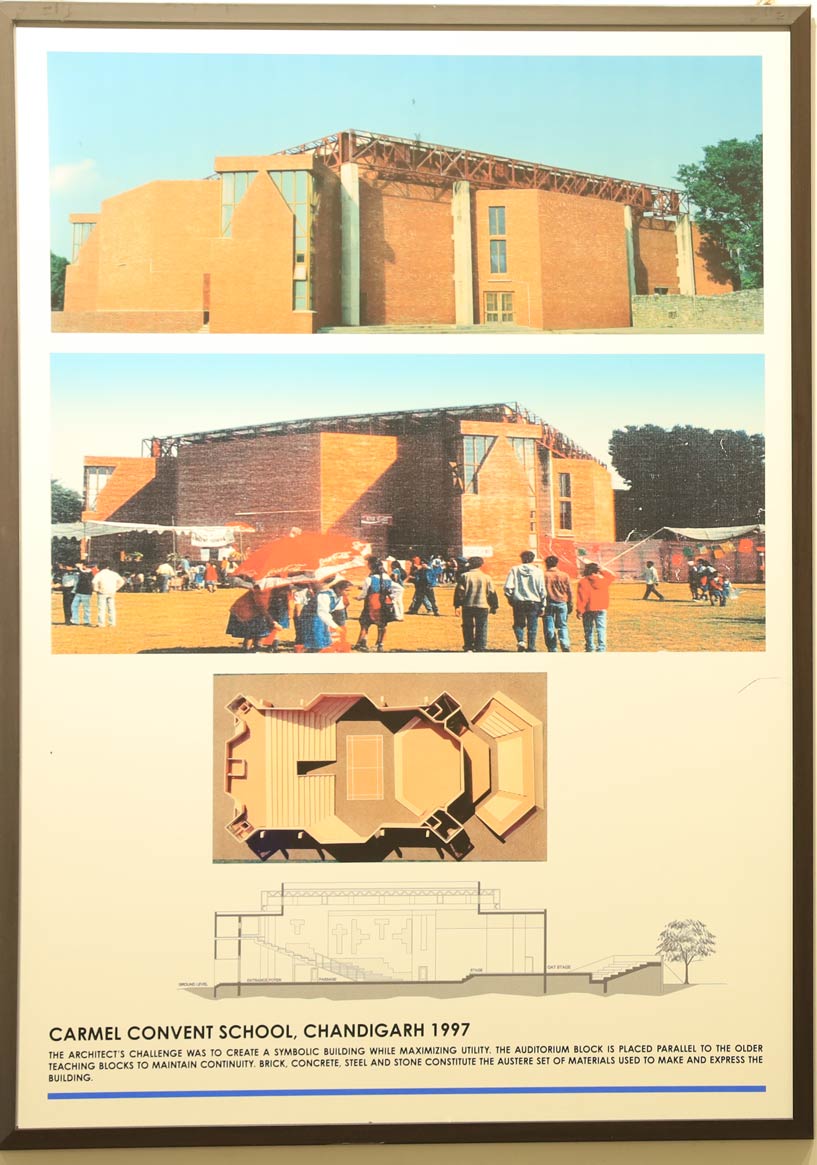
Given the current emphasis on sustainability, would you consider changing the materials?
Ar. Sangeet Sharma: No, the use of concrete and brick remains integral. While we have access to a variety of materials, these two will always be the foundation of our work. Other materials can be added to complement them, but the core remains unchanged.
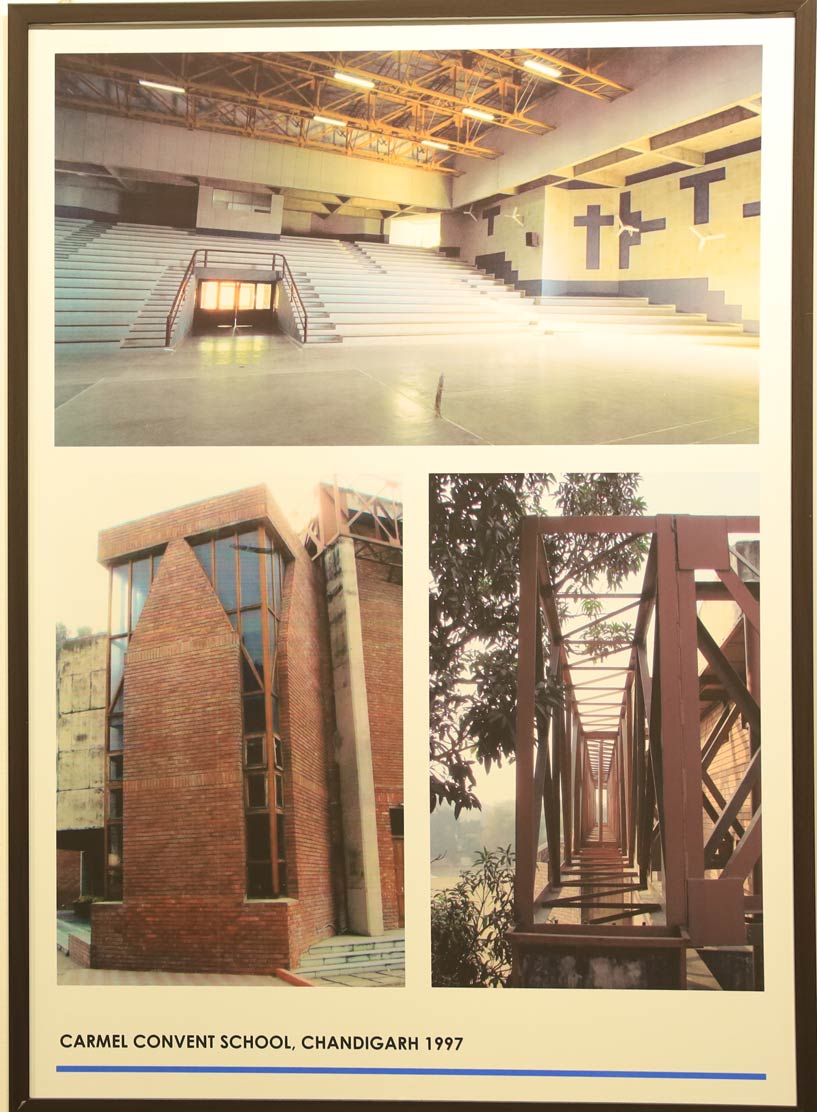
"Indian cities, particularly the satellite towns, are following the principles laid out by Chandigarh"
How did Le Corbusier address dignified housing, a critical issue in India till date?
Ar. Shivdatt Sharma: Unfortunately, Le Corbusier didn’t build any housing in Chandigarh. The only housing he proposed behind Gurner’s Palace was never constructed. However, his philosophy on housing, especially in Europe, was revolutionary. He focused on accessible, modular housing solutions post-war. These ideas are absolutely applicable in India, where space and comfort are key. Even in smaller spaces, he maximized functionality, and that’s something we can replicate here.
How do you view the influence of Chandigarh on global modernist architecture today?
Ar. Shivdatt Sharma and Ar. Sangeet Sharma: Chandigarh has had a profound influence on architecture worldwide. It introduced a unique form of urbanism that combined functionalism, modernism, and purity. Many prominent architects from the first generation were directly or indirectly influenced by Chandigarh. It’s a city that continues to inspire, and people still visit it as a Mecca of modern architecture.
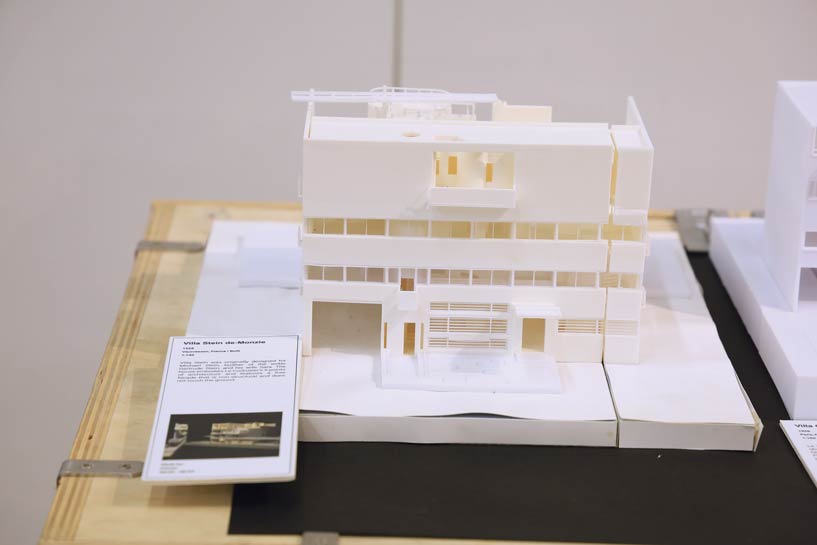
Did Nehru’s vision for Chandigarh align with a cosmopolitan idea, or was there a deeper purpose behind it?
Ar. Shivdatt Sharma and Ar. Sangeet Sharma: Nehru wanted Chandigarh to be a symbol of modern India, especially in the wake of colonialism and partition. He supported foreign architects to ensure that India’s architectural future would be grounded in the advanced knowledge of the world. He wanted Chandigarh to break away from past traditions, making it modern and unfettered by history.
How do you envision the future of modernist architecture in India, especially given your illustrious career?
Ar. Shivdatt Sharma: Modernism is progressive and provides architects with the freedom to explore. However, it must always be logical and rational. As long as these principles are maintained, modernist architecture will continue to thrive.

If you could change one thing about the urban planning of cities in India today, what would it be?
Ar. Shivdatt Sharma: Indian cities, particularly the satellite towns, are following the principles laid out by Chandigarh, but the character of each city depends on local factors like political will and policies. If I could change anything, it would be the integration of stronger political will and more cohesive planning to ensure the cities can thrive and grow in a balanced way.
With modern architecture changing so quickly, do you design with a long-term perspective?
Ar. Sangeet Sharma: Yes, we design with the hope that our buildings will stand the test of time. While modern architecture may face challenges due to changing needs and population growth, the goal is to create timeless, sustainable buildings. Ideally, our designs should last for 30-40 years, though monuments can last centuries.
You’ve been a jury member at WADE INDIA. Could you share your thoughts on the platform?
Ar. Shivdatt Sharma and Ar. Sangeet Sharma: WADE INDIA is a unique and wonderful platform for women in architecture and design. It’s different from other events because it has a personal touch, especially from Verticaa and Madhu. The cohesive nature of the event and its emotional depth make it stand out. I always look forward to being a part of it. Verticaa, in particular, writes very well, covering the core of architecture and other important topics.